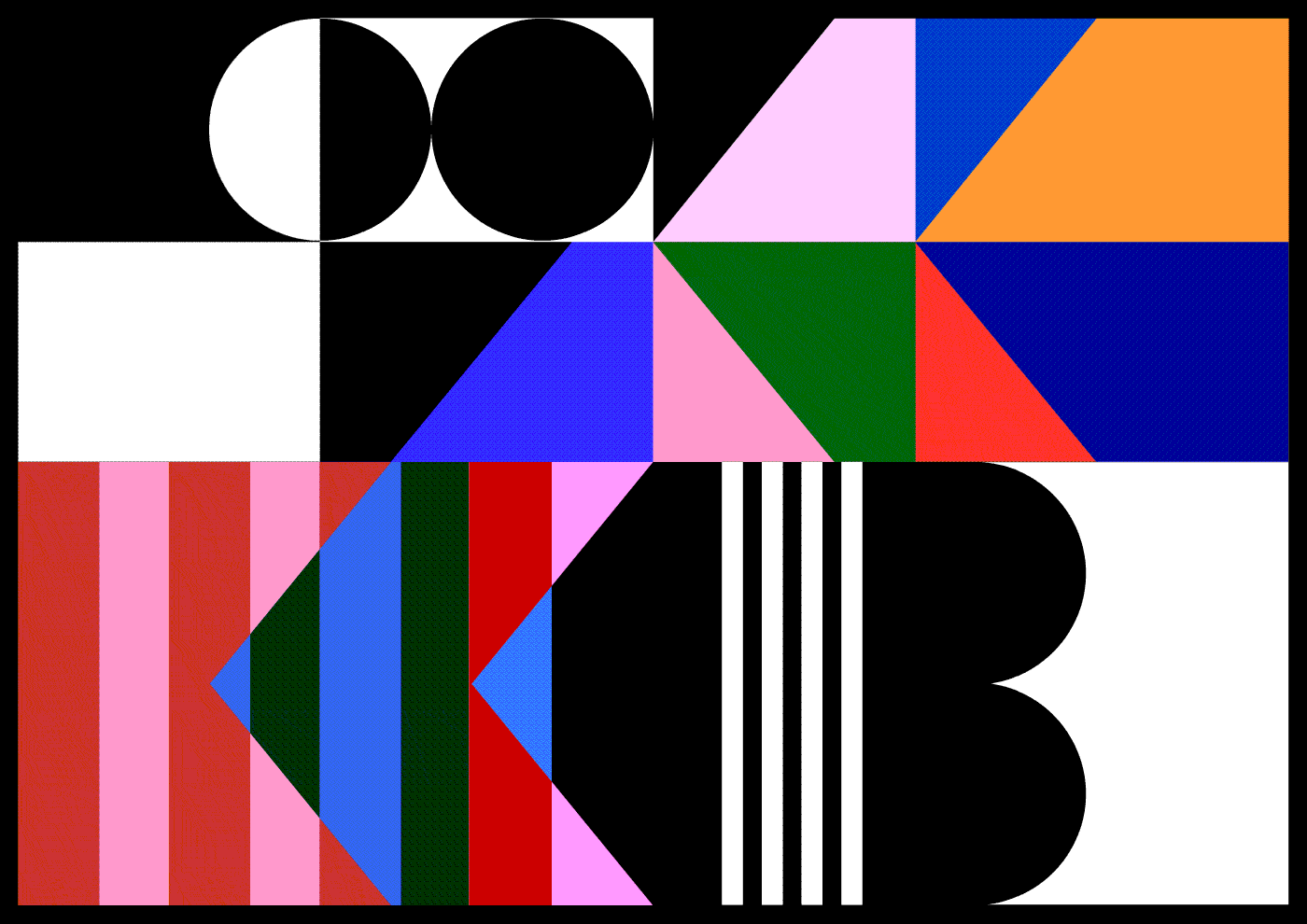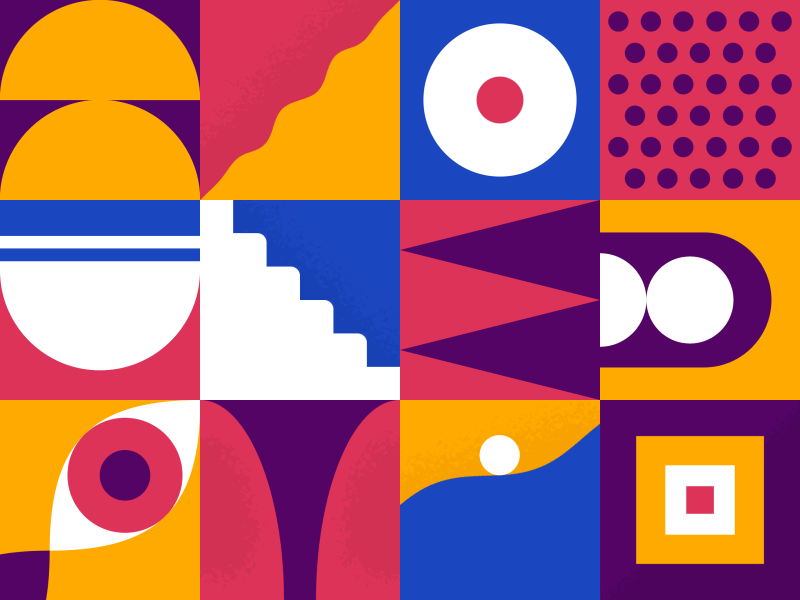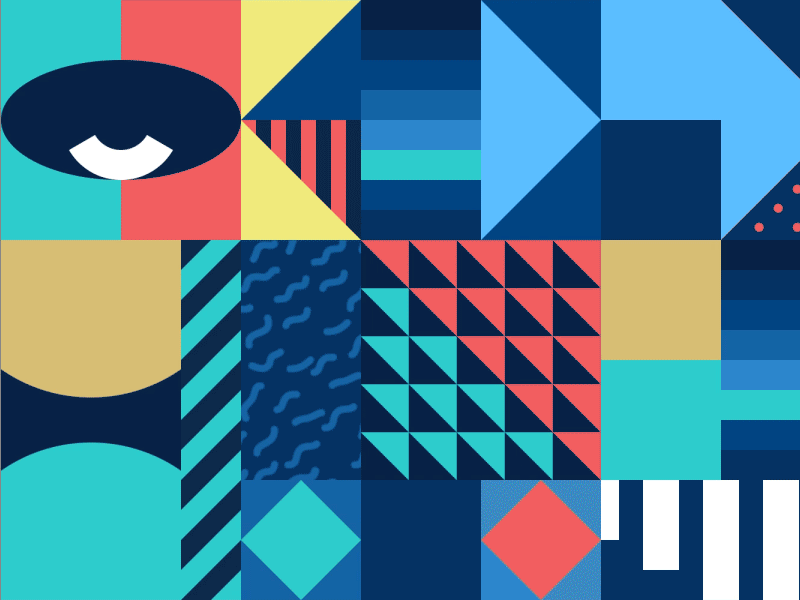Blog 2 - Motion Graphics in Graphic Design?
- Lauren Avero

- Apr 8, 2021
- 2 min read
Throughout the past few months job hunting I’ve learnt that motion graphics is a very highly sought out skill in graphic designers. This task to create a short motion graphic was the perfect way to dive into learning the skill set.

With each design project is it crucial I follow the Ambrose and Harris’ 7-step design process to highlight the fundamental stages in the project. The process being I first define, then research, ideate, prototype, select, implement and learn (Ambrose & Harris, 2009). Once having read through the design brief I was able to pick out the key words such as non-narrative, experimental and abstract and conduct research from there that highlighted these aspects in motion design.
I explored geometric patterns, repeated patterns and the way block shapes could be manipulated. I then researched Disney's 12 principles of animation to understand the true basics on motion as this was really the first time using the AE for graphic movements. These principles were an invaluable guide when being introduced motion. I then went on a tangent to watch “The Reluctant Dragon” which was a Disney film made in 1941 that was a behind the scenes of how they animated the films following each step of creating the motions and sounds.
This inspired me to try and include each principle in my animation whilst keeping the briefs keywords. I watched many tutorials to gain a basic understanding of After Effects then using a combination of ideation and tutorials, I created this first animation which was a simple animation of a repeated pattern using motion elements of rotation and positioning.
The primary motion was the circular repeated shape which I thought lacked depth therefore I added scaling elements which really levelled up the animation, the last component to the animation was simply that it was short, so I moved on with another animation.
My second animation was more closely related to my research pieces with several square animations making up one cohesive animation. Thus far I have made 3 squares but intend to have 8. They follow the same colour palette as I found this most aesthetically pleasing when looking at similar animations.
They also include a variety of different timing/rhythm and motion which will create a varied animation in the end. This combination will create depth to my animation as factors of rhythm, pattern, colour, shape and motion all correlate to build one synergic motion and story (Lupton & Phillips, 2008).
I do think however the variation of time and rhythm could create a lack of structure within the animation however overall, I want there to be many different moving pieces which combine different aspects of motion. I want to coordinate the relative movements of each objects like it is being played in an orchestra, it is made up of all different instruments but creates one musical piece (Krasner, 2013).
Moving forward I have two animation ideas which both require revisiting the ideation and prototyping stage, to further develop the final piece that encapsulates the brief.
Bibliography:
Lupton, E., Phillips, J.C (2008) Graphic Design: The New Basics. Princeton Architectural Press, New York, UNITED STATES.
Krasner, J (2013) Motion Graphic Design: Applied History and Aesthetics. Taylor & Francis Group, Oxford, UNITED KINGDOM.
Ambrose, G., Harris, P (2009) Design Thinking. AVA Publishing, Crans-pres-Celigny, CHE, UNITED KINGDOM.








Comments